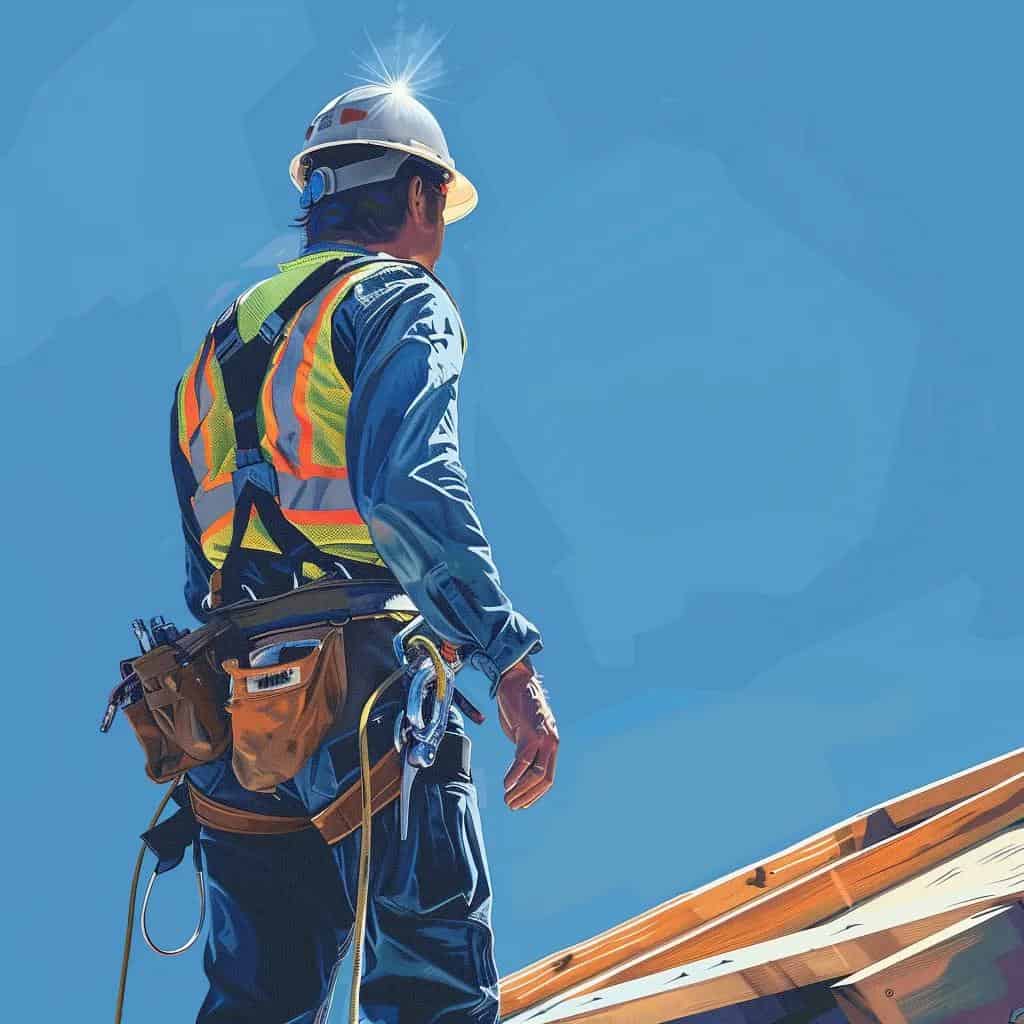OSHA Fall Protection for Aerial Lift Rentals: What Rental Companies Need to Know
OSHA Fall Protection for Aerial Lift Rentals: What Rental Companies and Customers Must Know
If your company rents out boom lifts, scissor lifts, or bucket trucks, fall protection isn’t just your customer’s responsibility—it affects your liability too.
Every aerial lift rental comes with safety risks, especially when operators aren’t trained or don’t understand OSHA fall protection rules. This guide explains what rental companies must know to stay compliant, avoid legal exposure, and help customers use lifts safely.
Why Fall Protection Matters in Lift Rentals
OSHA requires fall protection anytime a worker uses an aerial lift. If your rental lift is involved in a fall-related accident, both the operator and rental provider may be held responsible—especially if proper training, equipment guidance, or warnings weren’t provided.
Even if your customer is using the machine, you may share liability if it wasn’t inspected, if manufacturer guidelines were unclear, or if fall protection guidance was never offered.
What OSHA Rules Apply to Aerial Lift Rentals?
These OSHA rules apply to rental lifts:
- 29 CFR 1926.453 – Aerial Lift Safety
- 29 CFR 1926.501(b)(1) – Fall Protection at 6 feet or more
- 1910.67 – Lifts in general industry use
- ANSI A92.22 – Safe use for Mobile Elevating Work Platforms (MEWPs)
These standards require fall protection for boom lifts at all times and specify when it’s needed for scissor lifts.
When Do Customers Need Fall Protection with Rental Lifts?
Here’s the rule of thumb:
- Boom Lifts (Articulating or Telescopic) – Always require a Personal Fall Arrest System (PFAS) tied to a designated anchor inside the basket.
- Scissor Lifts – Fall protection is usually built-in through guardrails. Harnesses may be optional unless guardrails are missing, damaged, or required by the site or manufacturer.
Rental Company Responsibilities for Fall Protection
To reduce your liability and support customer safety, your team should:
- Inspect lifts before rental – Check for missing guardrails, anchor labels, or damaged tie-off points.
- Document machine condition – Record inspections and provide a copy to the renter.
- Include safety info at handoff – Share OSHA and ANSI guidance on fall protection, proper harness use, and rescue planning.
- Educate customers – Encourage customers to pair lift rentals with PFAS rentals or refer them to certified training partners.
- Label clearly – Ensure tie-off points and fall protection instructions are visible and correct.
Should You Rent Fall Protection Gear with Lifts?
Yes—if your customers don’t have their own. Consider offering:
- Full-body harness kits
- Shock-absorbing lanyards or SRLs
- Training add-ons (in-house or through partners)
- Jobsite signage or reference cards
This keeps customers compliant and reduces your risk if an accident occurs.
What Should a Rental Agreement Include for Fall Protection?
A good rental contract should:
- State fall protection responsibilities clearly
- Refer to OSHA/ANSI standards that apply
- Require the renter to confirm that only trained operators will use the equipment
- List optional or required safety accessories
- Include a checklist for pre-rental inspections and return condition
What Happens if Fall Protection Is Ignored?
If your customer skips fall protection and an incident occurs, OSHA may issue:
- Fines over $15,000 per violation
- $150,000+ for repeated or willful violations
- Possible investigations into your inspection practices or rental procedures
Even if your lift is working perfectly, failure to provide fall protection guidance can expose your business to legal and reputational risk.
How to Help Your Customers Stay Compliant
Rental companies that take fall protection seriously can:
- Offer training recommendations or online certifications
- Include fall protection starter kits with rentals
- Host toolbox talks or printed quick guides for operators
- Share OSHA resources during onboarding or delivery
Helping your customers protect their crews protects your business too.
Frequently Asked Questions: Fall Protection for Lift Rentals
Q: Are rental companies responsible for fall protection?
You’re not required to provide it, but you can still be held liable if your equipment lacks labels, has damage, or you fail to warn about fall risks.
Q: Can we rent fall protection equipment too?
Yes, and many companies do. Offering harnesses, lanyards, and SRLs is a great value-add.
Q: What if the customer refuses to tie off?
Make sure your contract states that operators must follow OSHA rules. Document all safety info provided.
Q: What’s the biggest risk for rental companies?
Failing to document inspections, ignoring damaged lifts, or not educating customers about fall hazards.
Q: Can we offer training?
Yes, here’s our Fall Protection Certification.
